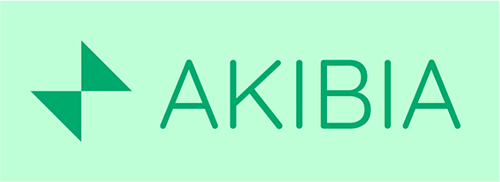Moving Governance From Policy to Practice
You know how it is – forms, paperwork, procedures. Running a government means pushing a lot of paper, and it’s easy for things to get bogged down in bureaucracy. But what if there was a better way? New government software is aiming to cut through the red tape and help agencies operate more efficiently. In this article, we’ll look at how advanced software can take governance from paper-pushing to power plays. From streamlining services to improving accountability, we’ll explore the potential for technology to not just modernize, but truly transform, the work of government. So get ready to go digital as we investigate this shift and consider what it might mean for both public servants and the citizens they serve. The future of governance is now.
How Government Software Streamlines Bureaucratic Processes
To truly move governance from policy to practice, government organizations need to invest in software that helps put plans into action. Paper processes and outdated technology won’t cut it anymore. Citizens expect government services to match what they experience in their daily lives.
Automate and Integrate
Government software should automate manual tasks and integrate data across agencies. When policy changes are made, the software can automatically update procedures, notify stakeholders, and track compliance. Integrated data gives policymakers a full, real-time view of operations so they can make evidence-based decisions.
Manage Complexity
Advanced software can handle the massive scale and complexity of government organizations. It provides a centralized platform to manage huge amounts of data, countless interconnected programs, and extensive reporting requirements.
Promote Transparency
Government software increases transparency by giving citizens visibility into operations and policy outcomes. Dashboards can track key performance indicators and the progress of initiatives. Open data portals make non-sensitive information accessible to journalists, academics, and watchdog groups.
Putting good governance into practice ultimately comes down to having the right tools and technology in place. With software built specifically for the public sector, government organizations can work smarter, faster, and better — achieving more with the resources they have. Policymakers get data and insights to craft legislation that truly transforms. And citizens get a government that is transparent, responsive, and accountable.
Case Studies: Government Software Success Stories
With the right tools, governments can simplify administrative red tape and better serve citizens. Government software centralizes data, automates routine tasks, and provides insight into complex processes.
Streamlining Workflows
Manual data entry and paper-based processes slow down government work. Digital forms, workflow automation, and centralized data enable employees to focus on high-impact work. For example, software can automatically route permit applications to the right departments, check for missing information, and trigger reminders. This reduces processing times, errors, and costs.
Data-Driven Decision Making
Software generates reports and dashboards that provide a bird’s-eye view of operations. Leaders can spot trends, identify waste, and make evidence-based decisions. For instance, data may show a spike in call volume for a particular service. In response, managers can increase staffing during peak hours or launch a self-service option.
Improved Citizen Services
Constituents expect government services to match private sector convenience. Online portals give citizens 24/7 access to resources like permit applications, bill pay, and service requests. Chatbots and virtual assistants provide instant help for common questions.
Governments hold the key to societies’ biggest challenges, so their work matters deeply. With government software, public institutions can overcome bureaucracy and serve citizens more thoughtfully and efficiently. Though transitioning from legacy systems takes time, the rewards of a streamlined, data-driven, and citizen-centric government are well worth the investment.

